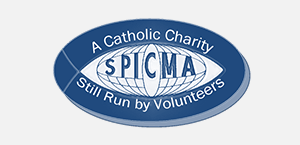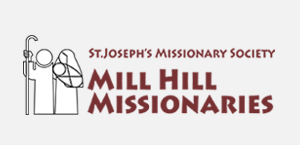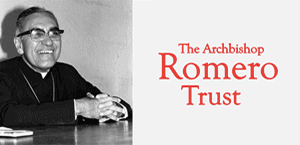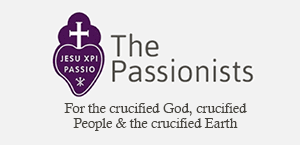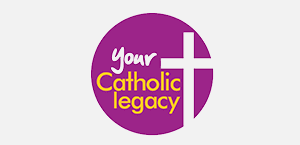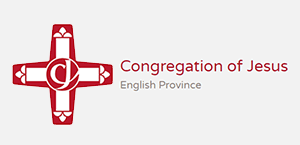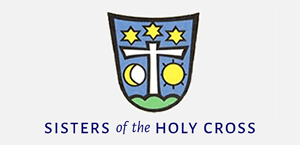Gospel in Art: So they were seeking to arrest him
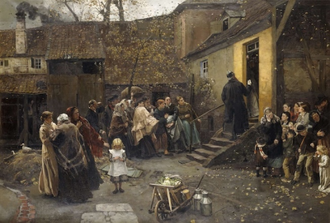
An Arrest, by Christian Ludwig Bokelmann, 1881 © Christie's / Wikimedia Commons
Source: Christian Art
Gospel of 4 April 2025
John 7:1-2, 10, 25-30
At that time: Jesus went about in Galilee. He would not go about in Judea, because the Jews were seeking to kill him.
Now the Jew's Feast of Booths was at hand. After his brothers and sisters had gone up to the feast, then he also went up, not publicly but in private.
Some of the people of Jerusalem therefore said, 'Is not this the man whom they seek to kill? And here he is, speaking openly, and they say nothing to him! Can it be that the authorities really know that this is the Christ? But we know where this man comes from, and when the Christ appears, no one will know where he comes from.' So Jesus proclaimed, as he taught in the Temple, 'You know me, and you know where I come from. But I have not come of my own accord. He who sent me is true, and him you do not know. I know him, for I come from him, and he sent me.' So they were seeking to arrest him, but no one laid a hand on him, because his hour had not yet come.
Reflection on the painting
We often associate the word 'arrest' with criminal activity. To arrest someone is to seize them by legal authority and take them into custody, usually followed by interrogation regarding a situation in which they are suspected of being involved. As part of the criminal justice system, an arrest requires 'just cause'.
In today's Gospel, we read that while some of the Jews wanted to arrest Jesus to remove Him from the scene, no clear or 'just cause' had yet been established for such an action. It is an unsettling passage, as John the Evangelist foreshadows what is soon to unfold: 'His hour had not yet come.' That small word-'yet'-carries immense weight in this final sentence of our Gospel reading. It signals the inevitability of what is to come, yet also the divine timing that governs all things.
Our featured painting, by German genre painter Christian Ludwig Bokelmann, depicts a policeman making an arrest on a flight of stairs. Interestingly, we do not see the accused. We see only the public spectacle of the arrest and the reaction of those witnessing it. The bystanders display a range of emotions: shock, disappointment, and disbelief etched into their faces. The scene is set on an autumn day, the bare trees having just shed their last leaves. In the foreground, fresh milk churns and newly cut cauliflowers stand abandoned, likely left behind only moments earlier by the accused after a day's work.
The painting vividly captures the public humiliation that an arrest can bring. This, too, was precisely what some of the Jewish authorities sought for Jesus: not only to remove Jesus but to publicly disgrace Him. And soon, they would succeed…
LINKS
Gospel in Art: https://christian.art/
Today's Reflection: https://christian.art/daily-gospel-reading/john-7-1-2-10-25-30-2025/ (with audio)









